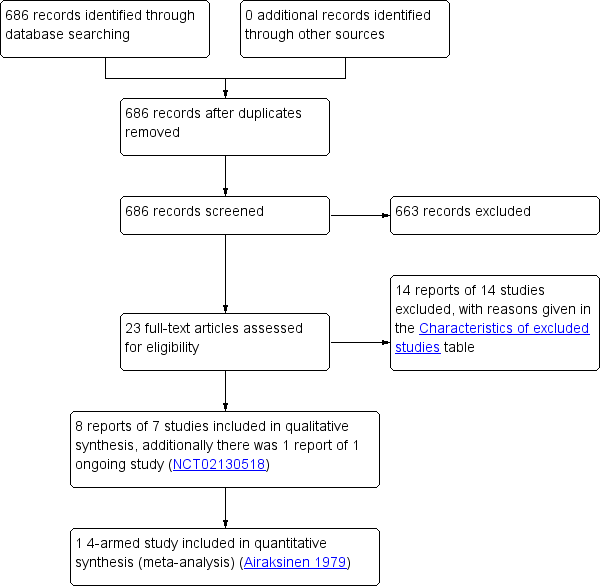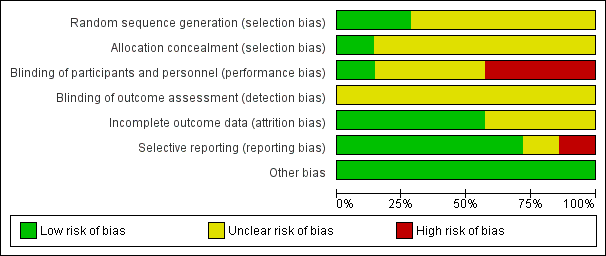Contenido relacionado
Revisiones y protocolos relacionados
Barbara S Niël‐Weise, Peterhans J van den Broek, Edina MK da Silva, Laercio A Silva | 15 agosto 2012
Patrick Jahn, Katrin Beutner, Gero Langer | 17 octubre 2012
Fergus PM Cooper, Cameron Edwin Alexander, Sanjay Sinha, Muhammad Imran Omar | 26 julio 2016
Awaiss Ellahi, Fiona Stewart, Emily A Kidd, Rhonda Griffiths, Ritin Fernandez, Muhammad Imran Omar | 29 junio 2021
Thomas BL Lam, Muhammad Imran Omar, Euan Fisher, Katie Gillies, Sara MacLennan | 23 septiembre 2014
Emily A Kidd, Fiona Stewart, Nadine C Kassis, Emily Hom, Muhammad Imran Omar | 10 diciembre 2015
Gail Lusardi, Allyson Lipp, Christine Shaw | 3 julio 2013
Jacqui A Prieto, Catherine L Murphy, Fiona Stewart, Mandy Fader | 26 octubre 2021
Vivienne Kirchin, Tobias Page, Phil E Keegan, Kofi OM Atiemo, June D Cody, Samuel McClinton, Patricia Aluko | 25 julio 2017
Simon Phipps, Yik N Lim, Samuel McClinton, Chris Barry, Ajay Rane, James MO N'Dow | 19 abril 2006











